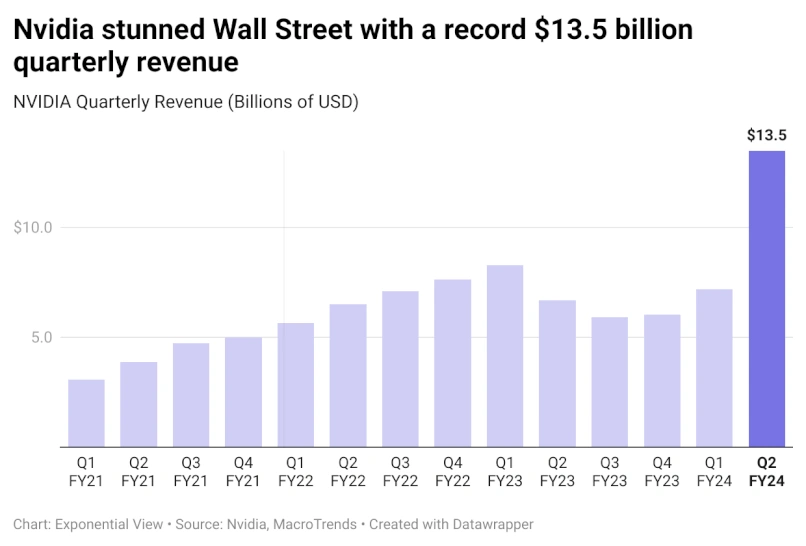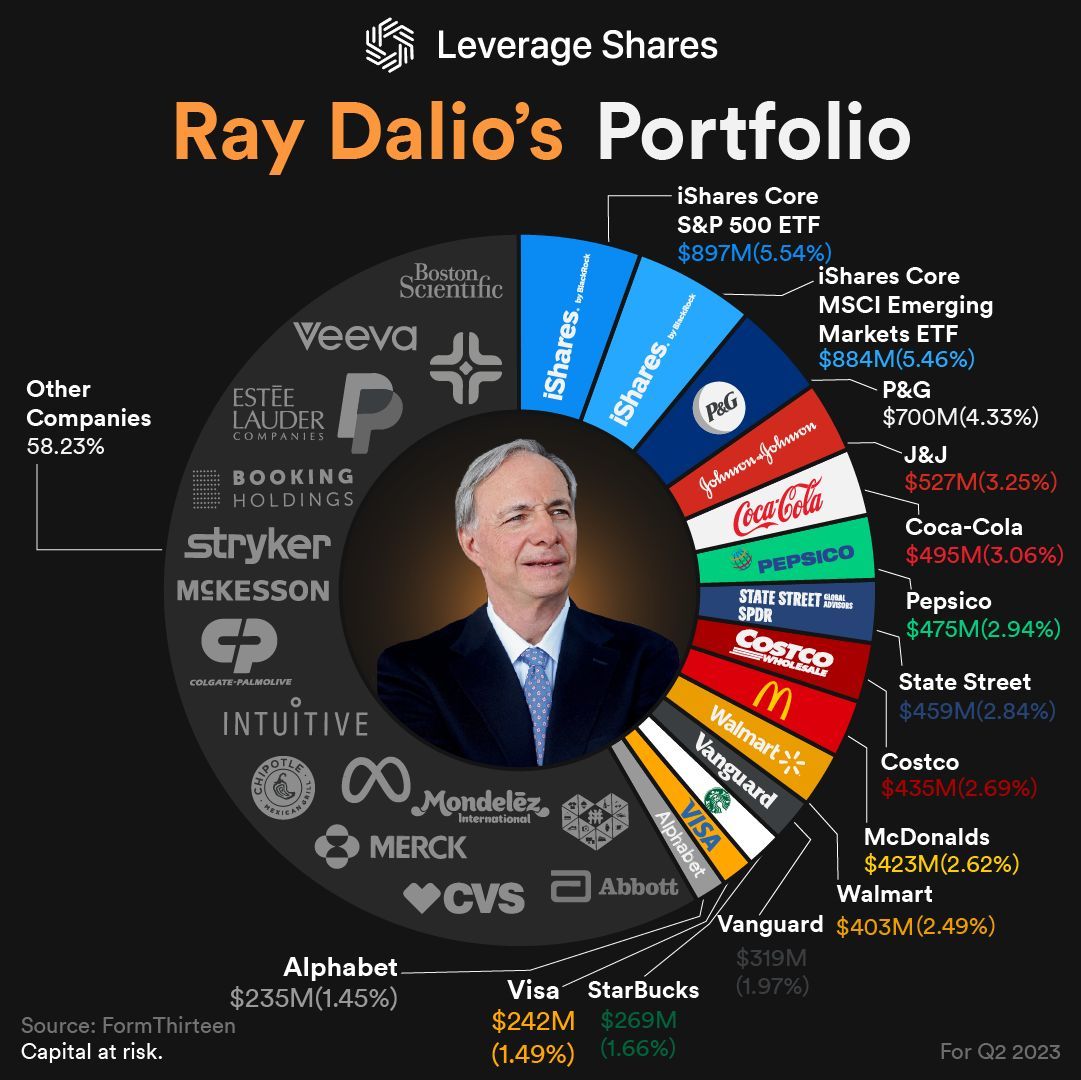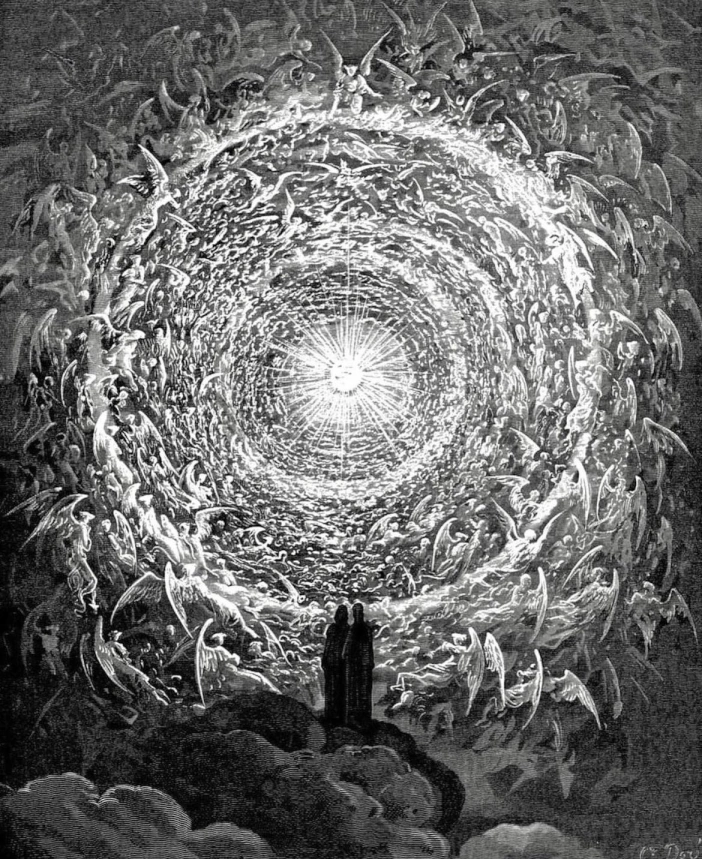🕒 Time, BRICS & The Santiago Boys
03 September 2023
Welcome back to the Week That Was series highlighting things from the interwebs which are interesting, noteworthy and/or probably worth your time.
Articles📝, Tweet(s)📱, Videos🎥, Charts 📈 all fair game with or without attendant commentary.
“I am only interested in everything” ― Roger Deakin
🐪🎨 White Desert

Over White Desert. Part III, From the triptych “Earth and Time”, Kamil Mullashev, Oil, 1978
🌏📊 Global GDP

The largest economies in each region:
- Africa: Nigeria ($506.6 billion)
- Asia: China ($19.4 trillion)
- Europe: Germany ($4.3 trillion)
- Middle East: Saudi Arabia ($1.1 trillion)
- North & Central America: U.S. ($26.9 trillion)
- Oceania: Australia ($1.7 trillion)
- South America: Brazil ($2.1 trillion)
🕹️ Gaming
Video Game Industry: $221 Billion
— Critter (@BecomingCritter) August 23, 2023
Movie Industry: $77 Billion
Music Industry: $26.2 Billion
You could combine the revenue of the movie industry and the music industry, double it, and you'd still be shy of the gaming industry
Yeah, we play video games
🤖🖥️ Dept. of Computer Cognition
Azeem Azhar of Exponential View highlighted an interesting post from 📝SemiAnalysis which introduced the term “GPU-Poverty” to the online-discourse lexicon, regarding the current ML race.
Noting that the piece
Paints a vivid picture of two camps: the GPU-rich titans like Google, OpenAI and Meta, and the GPU-poor, which includes startups - and pretty much Europe in general. Among the GPU-rich pack, Google leads. It will likely have more TPUv5’s (a Google AI chip) than all of its major competitors’ GPUs combined. This capacity will allow Google’s engineers to iterate fast while training their new Gemini model, probably reaching 20x the pre-training compute that GPT-4 will have used by the end of next year. On top of this, Google’s new TPUv5e chip provides a direct challenge to NVIDIA, being more cost-effective than A100 and H100 GPUs for models with fewer than 200 billion parameters. Google has laid a strong foundation

Clay Pascal had a deep-dive on the supply-demand dynamics powering the current race for hardware on which to train the ever-larger models that’s currently underway in 📝Nvidia H100 GPUs: Supply and Demand. What’s clear is that there’s a bottleneck as everyone from startups and big tech to nation states clamour for GPUs/TPUs.
“It seems like everyone and their dog is buying GPUs at this point” // “GPUs are at this point considerably harder to get than drugs.” - Elon Musk
“We’re so short on GPUs the less people use our products the better” // “We’d love it if they use it less because we don’t have enough GPUs” - Sam Altman, CEO at OpenAI
They are rate limiting employees on GPUs internally. They have to queue up like it was a university mainframe in the 1970s. I think OpenAI is sucking up all of it right now. - Anonymous Azure/Microsoft Source
The unprecedented demand saw NVidia, who manufacture the in-demand A/H100s (and have exclusive access to the CUDA proprietary & closed source parallel computing platform), post an 📰unprecedented quarterly revenue spike in their last reporting period recently.

The record $13.5 billion quarterly revenue drove CEO Jensen Huang to reiterate that “A new computing era has begun” and bumped the company into the exclusive trillion dollar market cap club - an honour reserved for less than 10 companies worldwide.
Once supply does meet demand though, it seems we should expect the current development curve to keep accelerating
“One reason the AI boom is being underestimated is the GPU/TPU shortage. This shortage is causing all kinds of limits on product rollouts and model training but these are not visible. Instead all we see is Nvidia spiking in price. Things will accelerate once supply meets demand.” — Adam D’Angelo, CEO of Quora, Poe.com, former Facebook CTO
Not only because the hardware and platform requirements will have been met but because the work to continue finding ways to extract performance from smaller models and more efficient uses of data continues apace.
📹
All of this, naturally, has inspired some fascinating takes - ranging from cringe to inspired. You be the judge of where the GPU Song lands on that spectrum.
🖥️🕵🏻 Santiago Boys

Absolutely fascinating podcast series for anyone enamoured by the intersection of technology, history, politics and intrigue.
The Santiago Boys is a nine-part podcast about a group of radical utopians around Salvador Allende, Chile’s socialist president. Undeterred by the Cold War and machinations of their enemies and aided by an eccentric British consultant, they try to wrestle control over technology from multinationals and intelligence agencies and use it to create a more egalitarian economy. As their dream gets crushed by Pinochet’s bloody coup, the Santiago Boys find an unexpected afterlife - and in Silicon Valley of all places.
Here’s a short video trailer which brings across the spirit of the series, which I’m currently going through now.
"… one of the most important and critical theorists of digitalization…" - Frankfurter Allgemeine Zeitung (Germany)
“Complex but rewarding…You can hear the care that has gone into the research…The writing is smart, stylish and contains some terrific blink-and-you’ll-miss-them details…Doesn’t shrink from complex ideas and credits its audience with intelligence, curiosity, and, above all, staying power. Like the best podcasts, it leaves you feeling a little bit cleverer for having heard it.” - Financial Times
🎙️
Episode one
💰📊 Dalio
From Oktay Kavrak, CFA
Founder of the World’s Largest Hedge Fund Bridgewater Associates - Ray Dalio’s Latest Holdings. In Q2 2023, a whopping 42% of his $16 Billion portfolio was concentrated in just 14 holdings.
Тhe latest 13F report shows Dalio’s biggest investments are in ETFs tracking the S&P 500 and Emerging Markets.
In summary:
- Positions: 698
- AUM: $16.2 billion
- Avg. Holding Period: 8 years
The latest update also reveals a strategic shift in investments. A notable exit from gold (previously 1% of portfolio) and a significant reduction in Meta stock.
In the meantime, he’s added to his S&P 500 position.
All weather portfolio.

⏳🥵 Busy-ness
Paraphrased entries from a post by 📝Rand called- The Seven Levels of Busy:
Level 1 - NOT BUSY: Schedule is wide open. Can choose infinite paths. Zero commitments. Weekend. Sleeping like a baby. Life good, but am I living my best life?
Level 2 - STUFF TO DO: Have a few commitments wandering around the mind. They are reasonable, knowable, and not deadline-based. Easy to track everything in the brain.
Level 3 - SIGNIFICANT COMMITMENTS: Enough commitments that keeping track of them in a tool becomes necessary as organic triage no longer feasible. Calendar starts becoming relevant.
Level 4 - AT CAPACITY: To-do and calendar full. “What is more important?” decisions start to become more necessary to ensure correct time allocation. There is no unscheduled time, but feeling of ‘being on top of things’ pervades. Inbox zero maintained.
Level 5 - CRACKS IN THE FACADE: Early signs of excessive work. Inbox Zero fails. Daily surprises. Feeling of ‘I would be on top of things if I just had a bit more time’. Start saying “I’m sorry” a lot. Stuff isn’t getting dropped, but execution becomes sloppy.
Level 6 - CRUSHING COMMITMENTS: The incoming amount of things beyond ability for triage. Change constant. Just saying “No” to inbound things no longer enough. Stuff falling on the floor, unnoticed. Work hours spill into life hours. Fatigue.
Level 7 - UNSUSTAINABLE: Living minute to minute. Eating and other necessities are shoved in-between things - often neglected outright. To-do lists no longer helpful as maintianing them becomes infeasible. Calendar changes from hour to hour. Busyness now betrayed by gait. Lot’s of unintentional “He’s screwed” looks. Zero work-life balance. Unsustainable.
🚀🌑 Dept. of Space Exploration
Preyash Shah who produces 📝Insight Scoop had a great graphic showing all of the successful moon-missions from the now 4 nations which have successfully landed probes or people on the extraterrestrial body - after the recent success of the Indian Chandrayaan-3 mission.

An incredibly impressive feat in and of itself, even before you consider it was achieved at a cost lower than your standard big budget Hollywood film.

India a nation that’s firing on all cylinders at the moment by all accounts - not just the most populous nation on earth now, but also recently posting impressive 📰7.8% annualised quartlerly GDP growth numbers and 📰firing up their first indigenous 700 MW Nuclear Power plant in Gujarat.
Inspiration for other BRICS hopefuls and developing nations at large.
🌌🔭
Meanwhile the James Webb Space Telescope continues to deliver not just incredible data for new scientific insights and confirmation/testing of existing theory - but jaw-dropping imagery as well.
Here’s the best view of the M51 Whirlpool galaxy we’ve seen.

Shades of Gustave Doré’s art for Dante’s “The Divine Comedy”.

〰️🧮📹 Fourier
The Fast Fourier Transform is used everywhere but it has a fascinating origin story that could have ended the nuclear arms race.
⏰ Time
Insightful 📝post from physicist Sean Carrol about ten things everyone should know about time. Rob Cottrell’s comment describing the article:
Time is the most often-used noun in the English language, but nobody knows how time arises nor how it works. Some conjectures: Past and future are equally real; everyone experiences time differently; the brain registers events 80 milliseconds after they happen; memories are never exact; disorder increases as time passes; complexity comes and goes; a lifespan is a billion heartbeats

The points (paraphrased):
- Time exists: Time organizes the universe into an ordered series of moments. The real question is whether or not time is fundamental, or perhaps emergent. We used to think that “temperature” was a basic category of nature, but now we know it emerges from the motion of atoms. When it comes to whether time is fundamental, the answer is: nobody knows.
- The past and future are equally real: Physics teaches us something remarkable: every event in the past and future is implicit in the current moment
- Everyone experiences time differently: Time elapses differently for a person depending on how they travel through space (especially near the speed of light) as well as the gravitational field (especially if its near a black hole). There’s (also) a real sense in which time moves more quickly when we’re older.
- You live in the past: About 80 milliseconds in the past, to be precise. Our conscious experience takes time to assemble, and your brain waits for all the relevant input before it experiences the “now.”
- Your memory isn’t as good as you think: When you remember an event in the past, your brain uses a very similar technique to imagining the future. Eyewitness testimony, it turns out, is one of the least reliable forms of evidence allowed into courtrooms (and is often inadmissable)
- Consciousness depends on manipulating time: It’s clear that the ability to manipulate time and possibility is a crucial feature. In contrast to aquatic life, land-based animals, whose vision-based sensory field extends for hundreds of meters, have time to contemplate a variety of actions and pick the best one
- Disorder increases as time passes: At the heart of every difference between the past and future – memory, aging, causality, free will – is the fact that the universe is evolving from order to disorder. Entropy is increasing, as physicists say.
- Complexity comes and goes: Entropy increases, but complexity is ephemeral; it increases and decreases in complex ways, unsurprisingly enough. Part of the “job” of complex structures is to increase entropy, e.g. in the origin of life.
- Aging can be reversed: We all grow old, part of the general trend toward growing disorder. But it’s only the universe as a whole that must increase in entropy, not every individual piece of it. Reversing the arrow of time for living organisms is a technological challenge, not a physical impossibility.
- A lifespan is a billion heartbeats: Complex organisms die. Remarkably, there exist simple scaling laws relating animal metabolism to body mass. Larger animals live longer; but they also metabolize slower, as manifested in slower heart rates. These effects cancel out, so that animals from shrews to blue whales have lifespans with just about equal number of heartbeats – about one and a half billion, if you simply must be precise. In that very real sense, all animal species experience “the same amount of time.”
📝Ten Things Everyone Should Know About Time
🧑🏽🌾🧠 Farmerthink
Some simple well-worn advice to think like a farmer in business…and life
🎨 Hold On

Hold On To What Is Good, Mark Maggiori, Oil, 2021
🗺️📊 BRICS
BRICS is an association of five major countries including Brazil, Russia, India, China, and South Africa. Distinguished by their emerging economies, the group has sought to improve diplomatic coordination, reform global financial institutions, and ultimately serve as a counterbalance to Western hegemony.
On Aug. 24, 2023, BRICS announced that it would formally accept six new members at the start of 2024: Saudi Arabia, Iran, Ethiopia, Egypt, Argentina, and the United Arab Emirates (UAE).
Here are a few numbers contextualising the impact on the bloc (which remains largely a political rather than economic construct - albeit with ambitions to shift to the latter) of the additions.
Much has been said in numerous fora but I thought this quick soundbite from Colin Wright’s LKT podcast was a decent speedrun of the bloc’s history to the present day.
🎥 Obsession
Fictional Movie Title Screens. Created and Produced by Laura Gorun Cooper Roussel & Dimitri Basil
💬 Deep Cuts
“Life is not a spectacle or a feast; it is a predicament” ― George Santayana
🎥🎨 One more thing
Cinematic zoom.pic.twitter.com/ehPD76whsu
— Figen (@TheFigen_) August 23, 2023
📧 Get this periodically in your mailbox
Thanks for reading. Tune in again and please share with your network.
Links The Week That Was Pickings
fa17eab @ 2023-09-18


